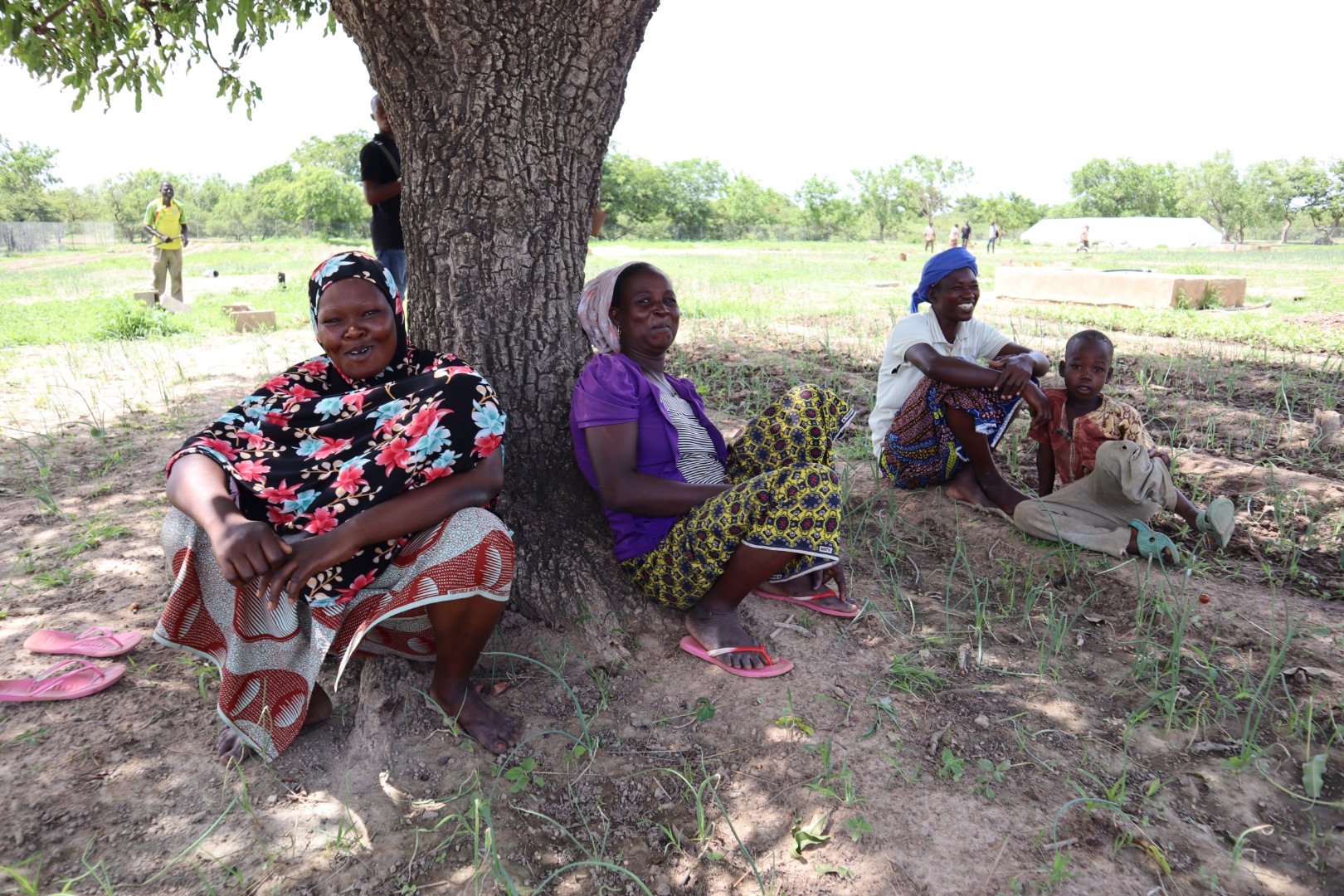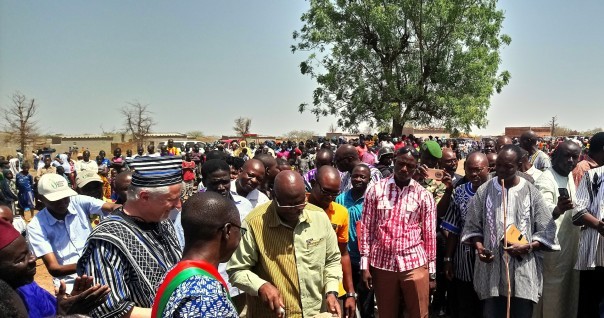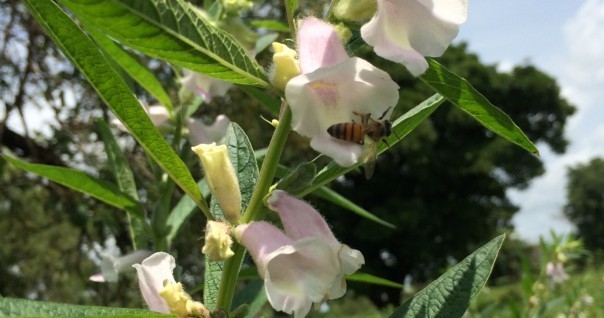

Sesame in Burkina Faso: Between success, improvement and future of the sector
Introduced by a speech from the Minister of Industry, Trade and Handicrafts of Burkina Faso and read by his project manager, the webinar covered several topics related to the sector through various interventions. As West Africa's leading sesame exporting country with 160.780 tons exported in 2020, more than 80% of Burkina Faso's inhabitants work in the agricultural sector, which gives it a prominent place in the country's development policy strategy and also highlights the importance of the SESAME project.
Background of the Project
Launched in 2016, the SESAME project (Sesame Exporting Marketing) funded by the USDA was implemented by the American NGO LWR in partnership with Nitidæ, which also received institutional support from the Burkinabe government.With a total budget of 28 million euros over 5 years, the project intervened mainly in 4 regions: the East, the Boucle du Mouhoune, the Hauts-Bassins and the Cascades. It had the mission to act at the local level to:
- Develop the country's infrastructure
- Improve the production of the sesame sector
- Train all actors through education and awareness campaigns to obtain a good quality sesame
- Help the creation of self-sufficient agricultural cooperatives

At the same time, the government has been involved also through a national plan for economic and social development to "boost sectors that are important for the economy and jobs" with a diversification of export methods and participation in trade (the NES in 2014) because it has one of the most important opportunities in the country to insert itself into international trade. Moreover, in an attempt to increase their competitiveness on various markets, the 2016 decree and the 2017 and 2019 reforms will make it possible through a sanitary analysis and a phytosanitary quality requirement before its exportation, following an elaborate set of specifications and increased control by the Repression of Fraud. With international demand still growing, Burkina Faso must respond to it in order to expand its market and especially with China that has accounted more than 50% of its sesame exports since the re-establishment of diplomatic exchanges. To do so, the product must be at least 99.9% pure for Asian countries (China, Japan, South Korea) and 99% pure for countries such as Turkey and the EU.
Benefits of the Sector
- Improved access to financing with the creation of the Banque Agricole of Faso
- Creation of new cooperatives: 45 in 2018, 77 in 2019 and 178 in 2021
To this point, the cooperatives created are able to negotiate, do quality control, estimate the need for financing, determine their operation, mobilize tasks from members, monitor and evolve the loan mechanism, negotiate payment options and also carry out the signing of contracts. - Today sesame is 98% clean
- 149 245 557 dollars since the beginning of the project
- Collaboration between all stakeholders in the sector has been essential to the project
They have made it possible to expand from 143.420 t of exported sesame in 2018 to 160.780 t in 2020.
Prospects of Sesame
However, after five years of hard work, results speak for themselves. The country consumes very little of what it produces and the challenge of tomorrow would be to educate its inhabitants to consume more in favour of a considerable economic development (creation of oil factories for instance, the number of which remains very low today.) Moreover, the traceability of the product from producers to transporters still need to be improved. Finally, the sector's growth prospects will depend on its ability to meet the increasingly strict sanitary requirements of importing countries and also on its organization, production and access to financing.
Related projects

SESAME (SESAme Marketing and Exports) - Increase the capacity of actors in the sesame value chain to meet export quality standards
See more
